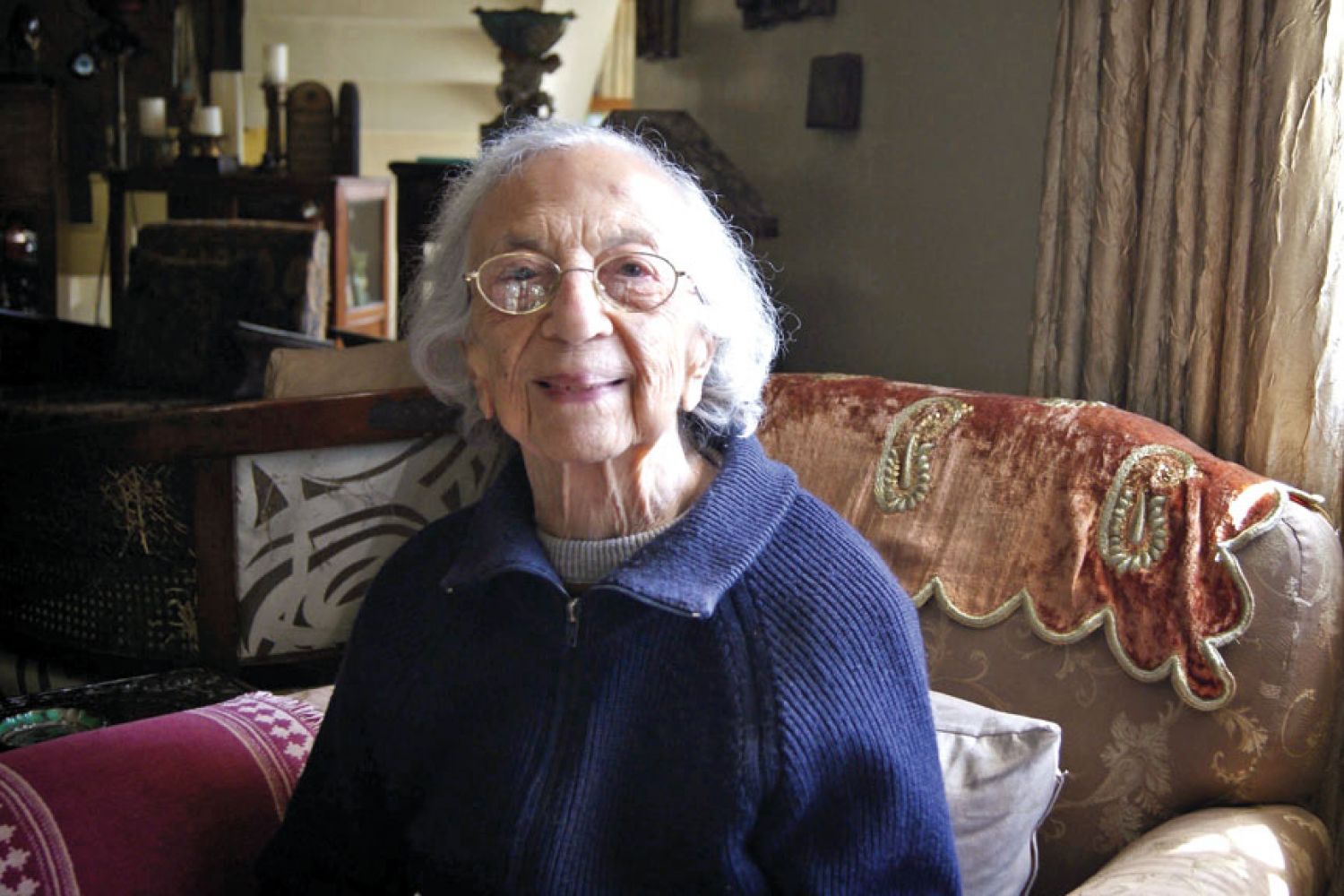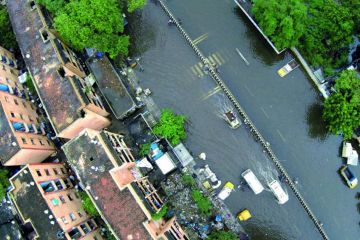
Whitefield, close enough to be a part of Bangalore but far
enough to be its own place, is an island of glass-walled towers, where
thousands go every day to sit in front of a computer. Its streets are filled
with large Volvo buses that ferry the IT worker, crawling like giant red
caterpillars groaning under their own weight.“Do you know Whitefield?” asks Seema Moses. Not the one she
knows, not the one she dismissed in 1940 as a young bride from Shanghai. At
that time, Whitefield was a po





